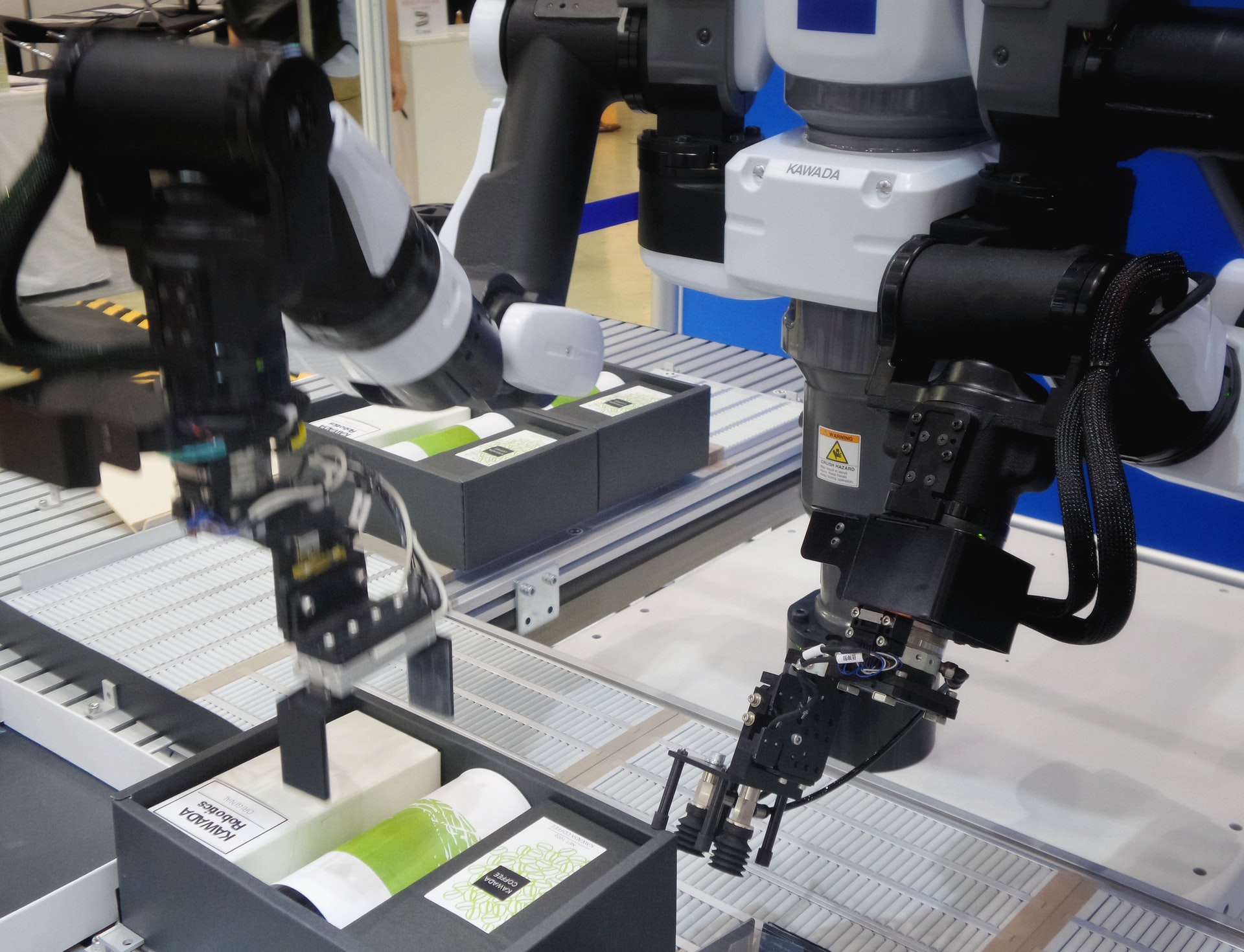Americans harbor a uniquely negative view of automation and artificial intelligence, remaining fearful that A.I. machines could one day replace human workers entirely. Whether cultivated by post-apocalyptic novels or sci-fi film narratives, this fear has held America back by slowing widespread tech innovation and adoption. For example, a recent survey from alliantgroup found that one in five C-suite executives believe the U.S. isn’t embracing new technologies as aggressively as other countries, and 29% said we’re lagging behind other countries when it comes to pursuing digital transformation.
But amid a staggering labor shortage with 10.9 million job openings as of December 2021, U.S. businesses in every sector are feeling the pressure to automate operations and deploy new technologies to support their workforce. Notably, over a third of C-suite executives cited the pandemic as having accelerated the need for digital transformation across most industries.
During my tenure at NASA, I witnessed the positive capabilities of ground-breaking A.I. and robotics innovations, some reminiscent of machines from space and science movies, but I also studied the nuanced ways in which this technology could work in tandem with humans on a smaller scale to alleviate the workforce problems that continue to plague American companies. From improving data management to streamlining the customer service process, everyday businesses must harness A.I to maintain a competitive edge in the post-pandemic landscape.
Supporting the Current and Future Workforce
With labor challenges snowballing over the last two years, more than one in three organizations said the pandemic influenced their decision to use automation to bolster the productivity of their employees and improve resiliency, proving that these new technologies are typically deployed as a way to supplement – rather than replace – the human workforce.
For example, companies that adopt a low-code or no-code artificial intelligence solution can organize their trove of customer data and equip industry experts with actionable insights. This way, workers can focus on using this data to make strategic business decisions, as opposed to wasting time weeding through the findings themselves, or worse, neglecting this data altogether. Especially as more companies turn to automation in the coming years, those that fail to provide domain experts with data-driven technologies will lose key customers to advanced competitors.
Beyond supporting the existing workforce, prioritizing A.I. adoption will create even more technical job opportunities in the market. In fact, 31% of C-suite executives surveyed said not hiring the right talent was one of the biggest mistakes they made when undergoing a digital transformation project, and 42% cited finding skilled talent as the top priority for accelerating their digital transformation efforts, signaling the vital role that human expertise will play amid the development and adoption of these new technologies. Whether an organization is building a custom machine learning model to organize their data or automating their customer service capabilities with an A.I. chat bot, they’ll require the close counsel of human engineers, data scientists, and other technical roles to facilitate this process.
Securing Resources for Innovation
Even after dispelling workforce apprehensions around artificial intelligence technology, many businesses worry that the cost of pursuing automation could pose another roadblock to adoption, but robust federal incentives prove otherwise. Although investing in A.I. technology requires the output of resources, every organization – from large corporations to small and medium-sized businesses – has access to lucrative tax incentives to make this process affordable and accessible.
The Research and Development Tax Credit is available to any company that pursues a form of innovation, whether that be adopting new technologies or even improving existing workflows. In this way, organizations that invest in automation or advance their A.I. infrastructure are eligible to apply for this credit and receive significant returns to fund their current and future innovation efforts. Additionally, there are no industry limitations, so businesses across tech, manufacturing, engineering, and more can take advantage of this resource, alongside sectors that were hit particularly hard by the pandemic like restaurants, hospitality, and travel. For example, a restaurant that adopted A.I. software to track sales trends and reservations after reopening in-person dining is eligible for reimbursement via the R&D credit.
Achieving Artificial Intelligence Integration
Any successful A.I. initiative must start with listening to your employees to identify and target the pain points in your workflow. Evaluate where your lack of technology is hindering productivity; if your organization is experiencing the impacts of the “Great Resignation,” explore automating your customer service or data analysis processes to alleviate the workload on your current employees.
Once businesses identify these areas for improvement, they can start sourcing the technical resources to set their integration in motion. For larger companies, this could mean hiring data scientists and engineers to build custom A.I. and M.L. data models, whereas SMBs can purchase and deploy a pre-vetted data platform or digital assistant to streamline operations and find new ways to reach their customer base.
Regardless of the scale, A.I. technologies provide the necessary building blocks to augmenting human decision-making and supporting businesses amid the country’s consistent labor challenges. In the next few years, the use of A.I. technologies will transition from a luxury to a necessity, and organizations must advance technically today to avoid being left behind tomorrow. The reality of insufficient new talent or truly falling behind the competition must overpower the irrational fear of a bad sci-fi movie.
Dr. Robert Ambrose is the Chairman of Robotics and Artificial Intelligence at alliantgroup. Dr. Ambrose previously served as Chief of the Software, Robotics and Simulation Division at NASA’s Johnson Space Center in Houston, Texas. He continues to serve as the Director for Space and Robotics at the Bush Combat Development Complex and his research interests are in space systems for defense, security and commercial applications, as well as robotics and autonomous systems for helping humans on Earth.










